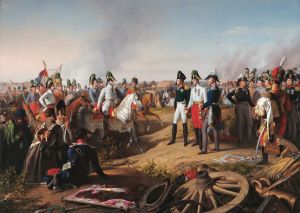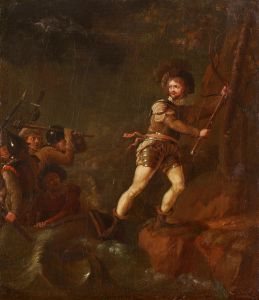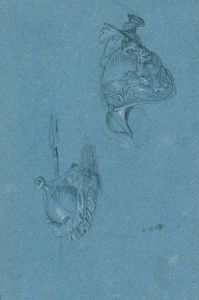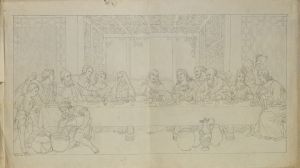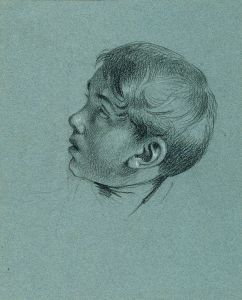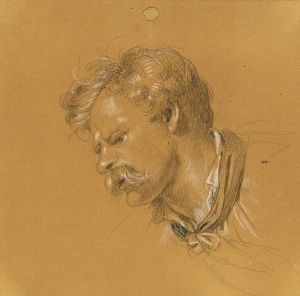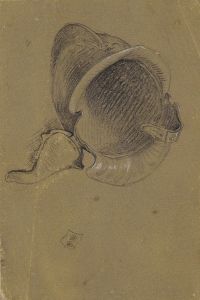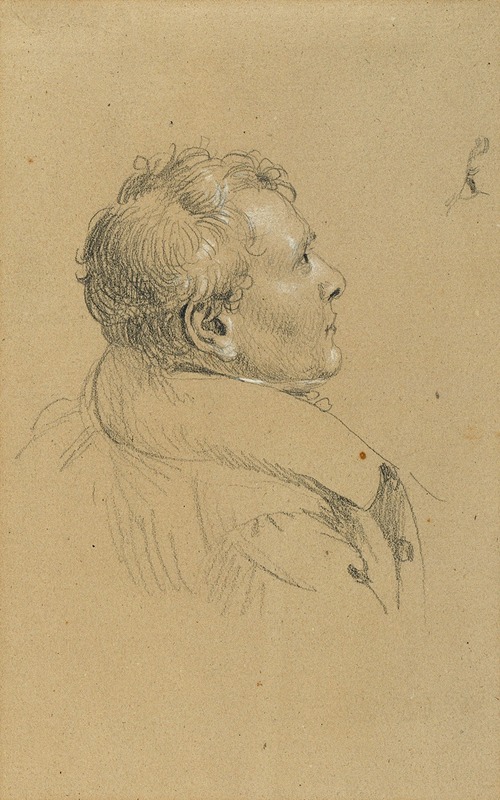
Studie zur ‘Rückkehr des Kaisers Franz aus Pressburg’
A hand-painted replica of Johann Peter Krafft’s masterpiece Studie zur ‘Rückkehr des Kaisers Franz aus Pressburg’, meticulously crafted by professional artists to capture the true essence of the original. Each piece is created with museum-quality canvas and rare mineral pigments, carefully painted by experienced artists with delicate brushstrokes and rich, layered colors to perfectly recreate the texture of the original artwork. Unlike machine-printed reproductions, this hand-painted version brings the painting to life, infused with the artist’s emotions and skill in every stroke. Whether for personal collection or home decoration, it instantly elevates the artistic atmosphere of any space.
Johann Peter Krafft's Studie zur ‘Rückkehr des Kaisers Franz aus Pressburg’ (Study for ‘The Return of Emperor Franz from Pressburg’) is a preparatory work created by the Austrian painter Johann Peter Krafft (1780–1856). Krafft was a prominent artist of the Biedermeier period, known for his historical paintings, portraits, and genre scenes. His works often reflected themes of patriotism and historical significance, aligning with the cultural and political climate of the Austrian Empire during the early 19th century.
This particular study is associated with a larger composition that commemorates the return of Emperor Franz I of Austria (1768–1835) from Pressburg (modern-day Bratislava, Slovakia). Pressburg held historical importance as the site of the Hungarian Diet and the coronation city of Hungarian kings. The event depicted in the painting likely relates to the political and ceremonial activities of Emperor Franz I during his reign, which spanned from 1804 to 1835. As the first Emperor of Austria, Franz I played a central role in the political reorganization of Europe following the Napoleonic Wars and the dissolution of the Holy Roman Empire.
The study demonstrates Krafft's meticulous approach to composition and detail, as he often created preparatory works to refine his ideas before completing the final painting. While the exact details of the study's composition are not widely documented, it is presumed to include elements typical of Krafft's historical works, such as a focus on realism, careful attention to costume and setting, and an emphasis on the grandeur and dignity of the subject matter.
Krafft's works were highly regarded during his lifetime, and he served as the director of the Academy of Fine Arts in Vienna from 1829 to 1856. His contributions to Austrian art, particularly in the realm of historical painting, have cemented his legacy as one of the leading artists of his era.
Further details about the specific study, including its current location and dimensions, are not readily available in public records. However, it remains an example of Krafft's dedication to capturing significant moments in Austrian history through his art.







